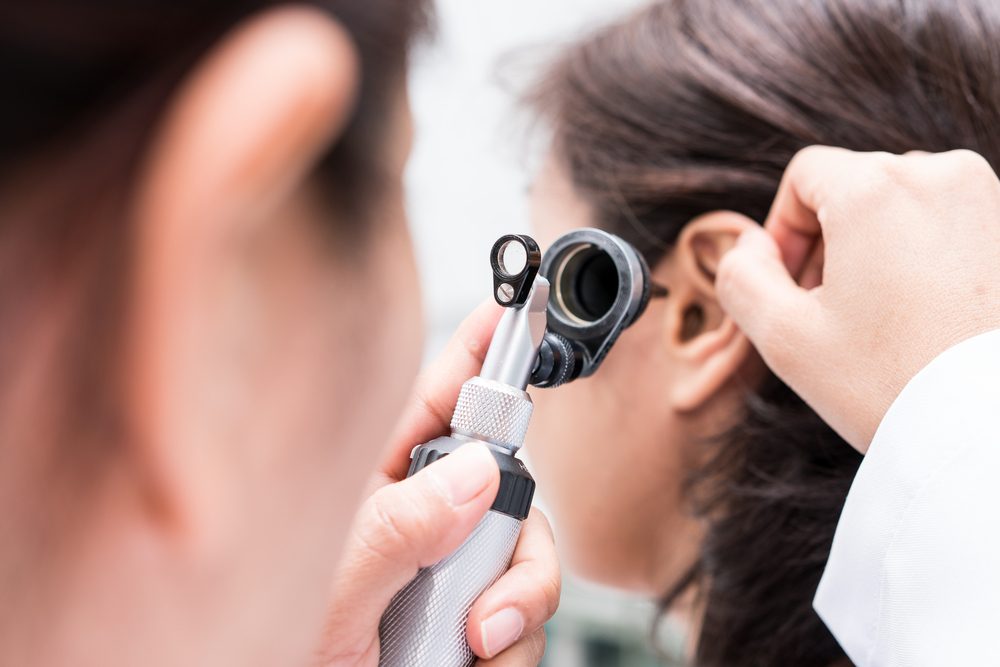A special issue of the journal Seminars in Hearing highlights over 50 years of the National Institute for Occupational Safety and Health’s (NIOSH) hearing loss prevention efforts, the institute announced October 16.
NIOSH has conducted and supported basic and applied research into workplace noise exposures and hearing loss risks, as well as hearing conservation and surveillance methods. The institute has issued recommendations for noise exposure regulations and promoted effective interventions.
NIOSH first issued its “Criteria for a Recommended Standard: Occupational Exposure to Noise” in January 1972, followed by an updated criteria document in June 1998. The criteria documents provided the scientific basis for the Occupational Safety and Health Administration’s (OSHA) occupational noise exposure standard.
The special issue of Seminars in Hearing includes seven selected articles covering the range of NIOSH activities helping to enhance the understanding of and reduce the effects of workplace noise and chemical exposures that cause hearing loss:
- A paper providing an in-depth look into the history of occupational hearing loss prevention work at NIOSH, including advancements and interventions resulting from NIOSH research, and the NIOSH resources available to hearing conservationists to improve their efforts;
- A paper discussing NIOSH’s Hearing Loss Prevention Program in the Mining Sector and outlining the research, methods, and research-based products developed to protect mine workers’ hearing;
- A paper estimating the U.S. average annual workers’ compensation claim cost for occupational hearing loss and the average annual number of occupational hearing loss claims, as well as identifying the industry/occupation classifications with the highest numbers of claims;
- A review of hearing loss and conservation literature, identifying knowledge gaps, appraising results, and synthesizing the evidence on the audiological evaluation of workers exposed to solvents;
- A study into using a fit-testing system to evaluate earplug performance, including changes in attenuation over time, for workers exposed to hazardous noise;
- A study presenting a workplace health hazard evaluation wherein NIOSH investigators assessed continuous and impact noise exposures and hearing loss among workers at a hammer forge company and provided recommendations; and
- A study presenting a health hazard evaluation wherein NIOSH investigators assessed sound levels and employee health symptoms and concerns and provided recommendations at a workplace near a source of low-frequency noise and infrasound (sound with frequency below the range of human hearing).
“We are pleased to announce the publication of the special edition of Seminars in Hearing that shines a light on NIOSH’s efforts to prevent occupational hearing loss,” NIOSH Director John Howard, MD, said in a statement. “This special issue recognizes the dedication of NIOSH researchers to prevent a debilitating work-related illness that impacts millions of workers, and it is our hope it will inspire others to join efforts to protect workers’ hearing.” NIOSH researchers serving as guest editors of the special issue included Elizabeth Masterson, PhD, a research epidemiologist in NIOSH’s Division of Field Studies and Engineering and co-coordinator of the NIOSH Hearing Loss Prevention Cross-Sector Research Program, and William Murphy, PhD, CAPT, U.S. Public Health Service (Ret.) and senior scientist at Stephenson and Stephenson Research and Consulting (SASRAC).

